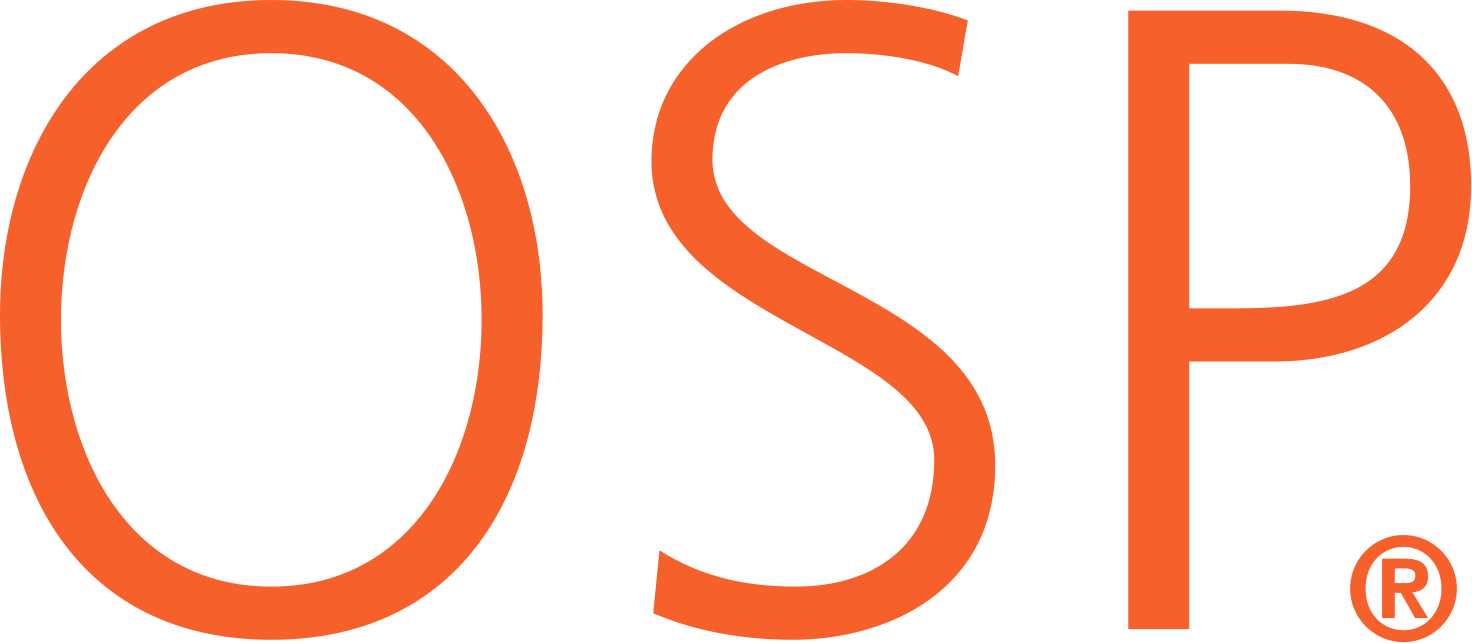Shooting Glasses Do Help
Perhaps the most important aspect of shooting a shotgun is focusing on the target. If you have read this column in the last few years then you know how much we talk about eyes, vision, and focus and the important role they play in proficiency with a shotgun. We have talked about gun fit, chokes, shot shell ballistics, and the mechanics of mounting the gun correctly and consistently. All of those things are important, but they are all secondary to focus on the target when shooting a shotgun.
It doesn’t matter whether the target is painted or has feathers on it. You must focus on it to hit it. Hopefully you have accepted this, practiced it in your own shooting, and experienced some improvement in your own proficiency with a shotgun.
The unfortunate problem that we all face sooner or later is that our vision fades as we age. We don’t lose acuity (being able to focus sharply on an object) as much as we lose the ability to focus on and track moving objects. This affects shotgunners dramatically.
From what I understand, as we age we begin to lose contrast sensitivity in the outer edges of our peripheral circle. This affects our ability to see and track moving objects, especially in low light situations.
I experienced this last quail season. I began to notice in the late afternoon as the light began to fade that not only could I not track the birds, I couldn’t even see them. I didn’t feel too bad because my hunting partner Milo Abercrombie couldn’t see them either, so we quit early that day.
I didn’t think much about it until we both accompanied George Robinson on an afternoon hunt at the 74 Ranch. On the last covey rise of the day I didn’t fire a shot. George knocked two down on the covey rise and picked up a couple of singles afterward, while Milo and I just watched. George is 10 years younger than me and much younger than Milo and had no problems seeing the birds or harvesting them with his 410 side by side. He also didn’t have a problem reminding us about it at the lodge that night. Oh, well. It’s lonely at the top and it’s tough to get old.
Sooner or later we all have to accept the fact that we're getting older and things that used to work well for us don’t work as well. So we must begin to work smarter with what we have left. I know personally that now we mow the yard, trim the hedges and the trees, fluff the flower beds, wash the cars, and cut and split fire wood with a checkbook. These are things that we, as younger people, took great pride in, and in fact enjoyed doing at one time in our lives.
It takes a little longer to get into shape each hunting and fishing season. It also takes a little longer to get over a hunting or fishing trip. Those little aches and pains that we used to have as we returned from an outing seem to have multiplied. It also takes longer to get your timing and feel back with your shotgun if you don’t practice once or twice a month in the off-season.
As your vision fades, it becomes even more important to get your eyes checked on a regular basis, especially if you are a wing shooter. We never go to the clays range or into the hunting fields without wearing our shooting glasses. Investing in a good pair of shooting glasses will go a long way to improving your clays or wing shooting, whether you need corrective lenses or not. We see many people trying to use their regular everyday glasses to shoot with. Although they do work, they more often than not create problems for the shooter.
Shooting glasses are made to ride high on the bridge of your nose so that when you mount the gun to your face and shoulder, you're able to look out of the center of the lens. When you mount a gun, your head tips or leans forward a little bit as your cheek rests on the comb of the gun.
When wearing their normal glasses, a right-handed person (just the opposite for lefties) will find that with their cheek resting on the comb of the gun, their right eye will be looking through the top left corner of the right lens just under the frame of the glasses. The same can be said for most over-the-counter sunglasses too. Although they can see, they cannot see nearly as well as they could were they looking out the center of the lens.
In some instances, because of the shape of the lens or how low the glasses ride on the bridge of the nose, the frame will actually occlude or block the shooters vision. This causes the shooter to raise their head off the comb of the stock to see the target.
When this occurs, the shooter will always miss over the target. But they are unaware that the reason they missed was that their head was off the stock because they just raised their head trying to see the target.
I don’t know about you, but the place on my normal glasses that gets smudged the quickest is the top inside corner of both lenses. I think it has something to do with the number of grey hairs in my eyebrows! Shooting glasses not only ride high on the bridge of your nose, they also are a little farther away from your eyebrows and forehead which keeps the sweat from getting on your glasses.
Shooting glasses come in a variety of shapes sizes and colors. A great source for researching different shooting glasses is Sporting Clays Magazine. Also many of the shooting facilities and sporting goods stores around the country have a variety of different ones for purchase, so go try some on.
One of the first things you will be faced with is that shooting glasses have interchangeable lenses that come in a variety of different lens colors. Darker lenses should be used for bright sunny days, and the lighter lenses are for cloudy or overcast days. Color preference is a personal thing.
We use Decot Hy-Wyd shooting glasses. Gil prefers a light yellow lens called Fawn for low light situations and a Medium Bronze for bright sunny days. Vicki also prefers Fawn for low light or overcast days but she prefers a mix of red and orange called Orange Ice for bright sunny days.
We see people getting a little crazy when faced with all those colors, but don’t panic! Try some different colors and tints and see what looks right for you. A trip to your local sporting clays range would be a good place to start. Sporting clays shooters are very generous in sharing opinions and experiences about equipment such as glasses.
Our shooting glasses are prescription, because we're old. As we've aged, our arms have gotten shorter and we have to have bifocals in our shooting glasses to see things up close. But because distance vision is important when shooting a shotgun, the bifocal is ground into the very bottom of our lenses in a half-moon shape. This gives us the greatest amount of corrected vision around the center of the lenses without the bifocal getting in the way. This becomes a great advantage when shooting flushing birds like quail.
As a general rule, you will want two different shades or tints of lenses - a light one for overcast or foggy days and a darker one for bright sunny days. We have found most people prefer a light yellow tint for overcast or foggy days, but regardless of color the tint should be light, not dark. Darker lenses should be used on sunny days.
How dark is dark enough? Different people’s eyes have different amounts of light sensitivity, so the lenses should be dark enough so that your eyes don’t have to squint. You want to be able to view the surroundings with your eyes relaxed and ready to focus. If they're too dark, you will lose your ability to see into the shadows and pick up small movements, which is a necessity when hunting or clays shooting.
One more tip on shooting glasses: when they get dirty, don’t use your shirt tail, Kleenex, or paper towels to clean them with. You will end up scratching the lenses. We begin each morning that we are going to shoot cleaning the lenses with warm soapy water and drying them with a soft cotton towel. Take a soft cotton towel in a plastic ziplock bag with you into the field in your ditty bag for a quick touchup in the field. This will help avoid scratching the lenses and will protect your investment.
Good shooting!

